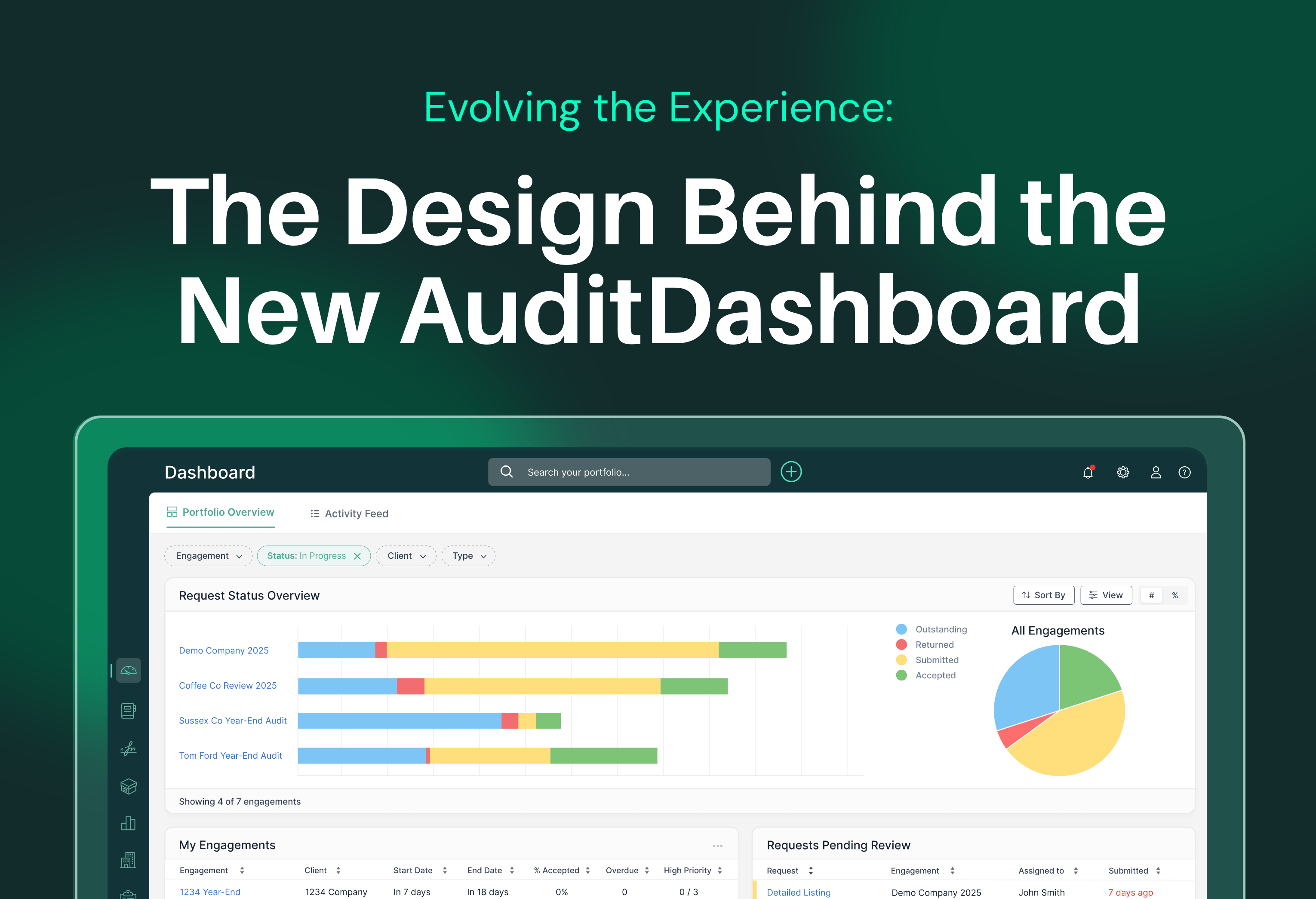
The Email Charter was created in response to widespread acknowledgement that email is getting out of hand for many people. The website was recently discontinued so we thought we'd share it.
One of the primary reasons we created AuditDashboard was because email isn't an effective engagement management tool. Email was designed to send messages, not exchange, track and monitor multiple files and requests. Don’t get me wrong, when used correctly, email is an essential tool but too often, it creates distractions, takes up time and creates more work than it needs to.
While we are helping professionals reduce the amount of email they receive, we recognize its importance and thought we would share a few tips on how it should be used. According to the Email Charter there are 10 rules to reduce the email spiral.
Are you using email correctly?
1. Respect Recipients’ Time - This is the fundamental rule. As the message sender, the onus is on YOU to minimize the time your email will take to process. Even if it means taking more time at your end before sending.
2. Short or Slow is not Rude - Let’s mutually agree to cut each other some slack. Given the email load we’re all facing, it’s OK if replies take a while coming and if they don’t give detailed responses to all your questions. No one wants to come over as brusque, so please don’t take it personally. We just want our lives back!
3. Celebrate Clarity - Start with a subject line that clearly labels the topic, and maybe includes a status category [Info], [Action], [Time Sens] [Low Priority]. Use crisp, muddle-free sentences. If the email has to be longer than five sentences, make sure the first provides the basic reason for writing. Avoid strange fonts and colors.
4. Quash Open-Ended Questions - It is asking a lot to send someone an email with four long paragraphs of turgid text followed by “Thoughts?”. Even well-intended-but-open questions like “How can I help?” may not be that helpful. Email generosity requires simplifying, easy-to-answer questions. “Can I help best by a) calling b) visiting or c) staying right out of it?!"
5. Slash Surplus cc’s - cc’s are like mating bunnies. For every recipient you add, you are dramatically multiplying total response time. Not to be done lightly! When there are multiple recipients, please don’t default to ‘Reply All’. Maybe you only need to cc a couple of people on the original thread. Or none.
6. Tighten the Thread - Some emails depend for their meaning on context. Which means it’s usually right to include the thread being responded to. But it’s rare that a thread should extend to more than 3 emails. Before sending, cut what’s not relevant. Or consider making a phone call instead.
7. Attack Attachments - Don’t use graphics files as logos or signatures that appear as attachments. Time is wasted trying to see if there’s something to open. Even worse is sending text as an attachment when it could have been included in the body of the email.
8. Give these Gifts: EOM NNTR - If your email message can be expressed in half a dozen words, just put it in the subject line, followed by EOM (= End of Message). This saves the recipient having to actually open the message. Ending a note with "No need to respond” or NNTR, is a wonderful act of generosity. Many acronyms confuse as much as help, but these two are golden and deserve wide adoption.
9. Cut Contentless Responses - You don’t need to reply to every email, especially not those that are themselves clear responses. An email saying “Thanks for your note. I’m in.” does not need you to reply “Great.” That just cost someone another 30 seconds.
10. Disconnect! - If we all agreed to spend less time doing email, we’d all get less email! Consider calendaring half-days at work where you can’t go online. Or a commitment to email-free weekends. Or an 'auto-response’ that references this charter. And don’t forget to smell the roses.
The Email Charter was created in response to widespread acknowledgement that email is getting out of hand for many people. It started life as a blog post by TED Curator Chris Anderson and TED Scribe Jane Wulf. The idea struck a chord. More than 45,000 people read the post and and it generated hundreds of tweets, comments and suggestions. That is how the final Charter was shaped. Some of the key contributors are listed here. The Charter is a private, non-commercial initiative, a simple ‘idea worth spreading’. If you have comments or suggestions, please join the conversation here.
Please consider sharing the Charter with others by tweeting, blogging, or adding it to your email signature. Thank you!
AuditDashboard is an engagement management software for busy professionals and their clients. To learn more, visit us at AuditDashboard.com.

We began reimagining AuditDashboard’s interface with one goal in mind: to modernize the experience while preserving the familiar workflows users depend on every day. Guided by years of meaningful customer conversations, we approached every decision with purpose and care.
Read moreRead more
Traditional audit scheduling often leads to delays, inefficiencies, and client frustration. This post introduces a smarter, more agile approach: triggering fieldwork when 80% of client requests are completed. Learn how this shift improves utilization, momentum, and client collaboration — and how AuditDashboard helps firms make it happen.
Read moreRead more
Busy season is upon us, and just like last year, it’s guaranteed to bring unique challenges and a few unwanted surprises. If you don’t adopt strategies to manage the overwhelm, heavy workloads, tight deadlines, and endless client requests will derail your productivity. While there’s no magic wand to buying back your time or making it all disappear, these five strategies will make this audit season more manageable and less stressful.
Read moreRead more